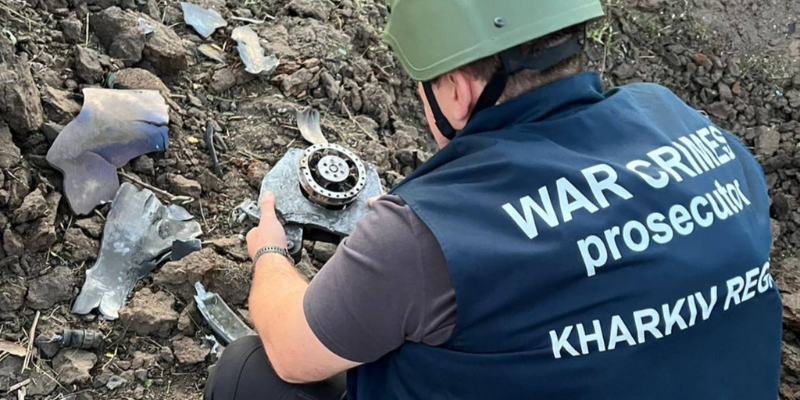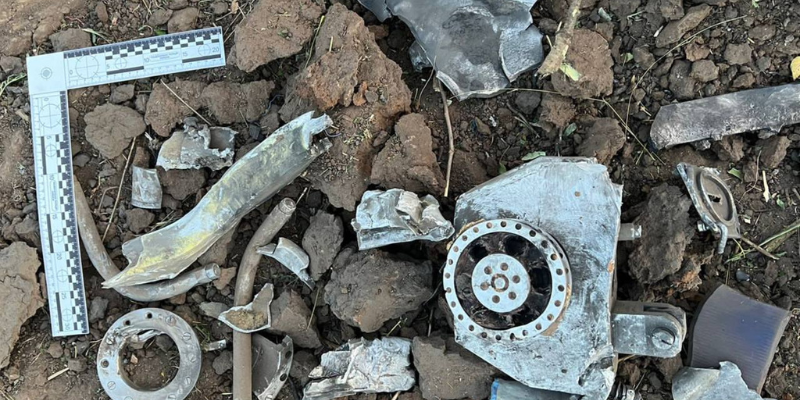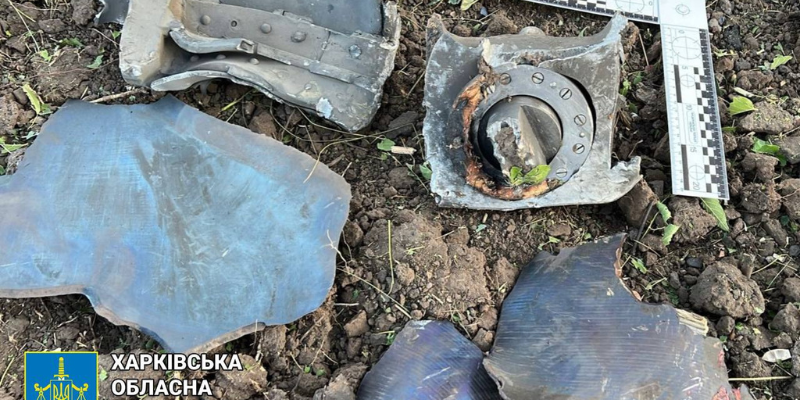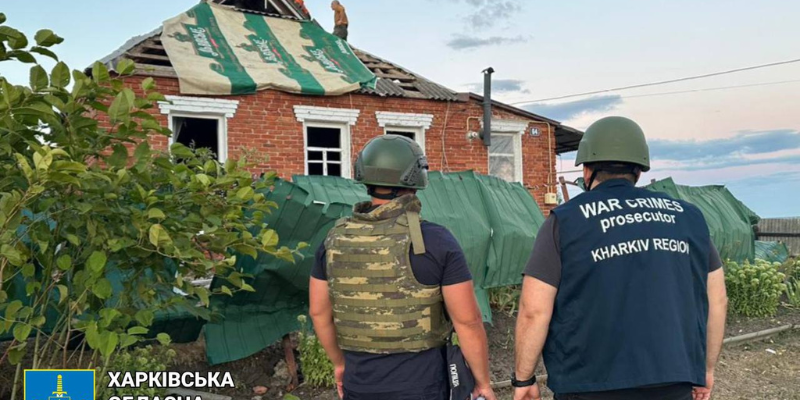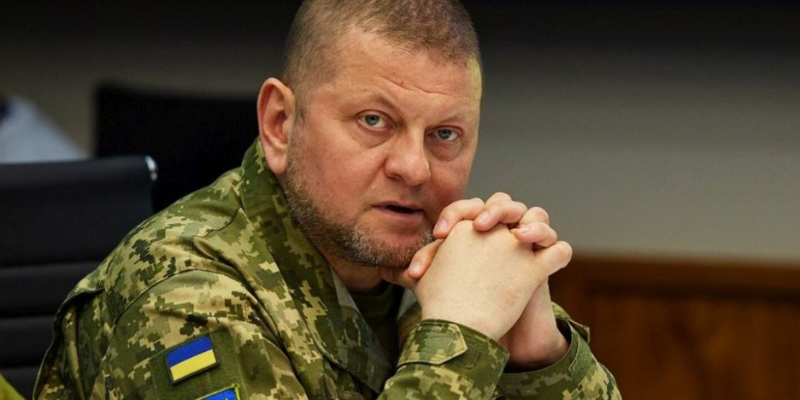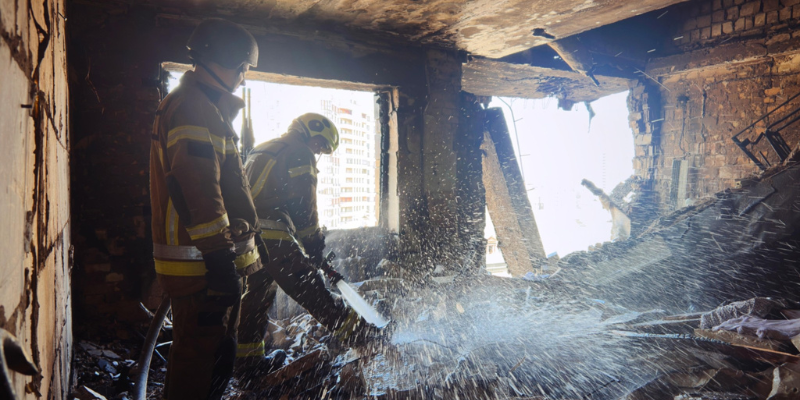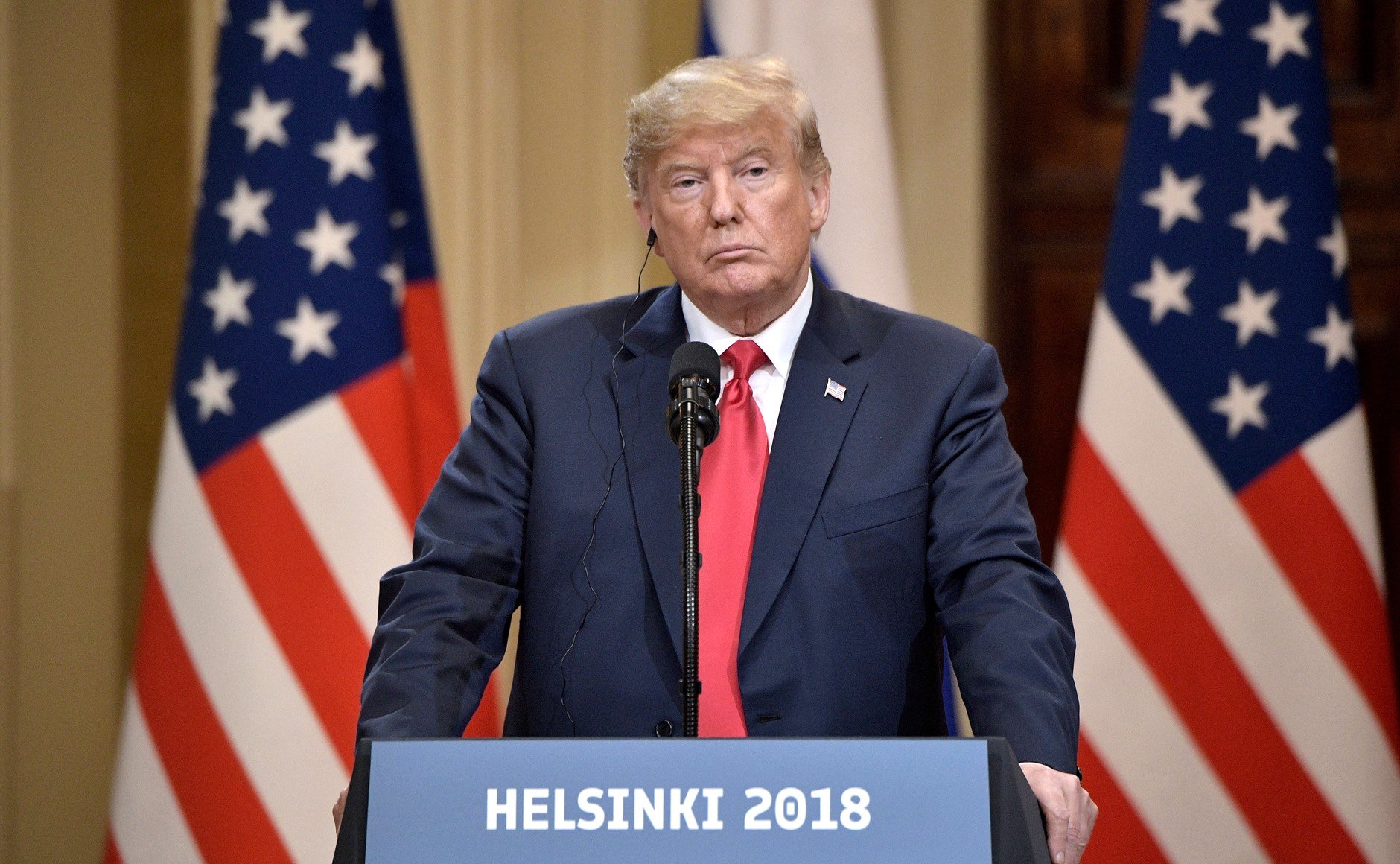Russian navy trained to target sites inside Europe with nuclear-capable missiles
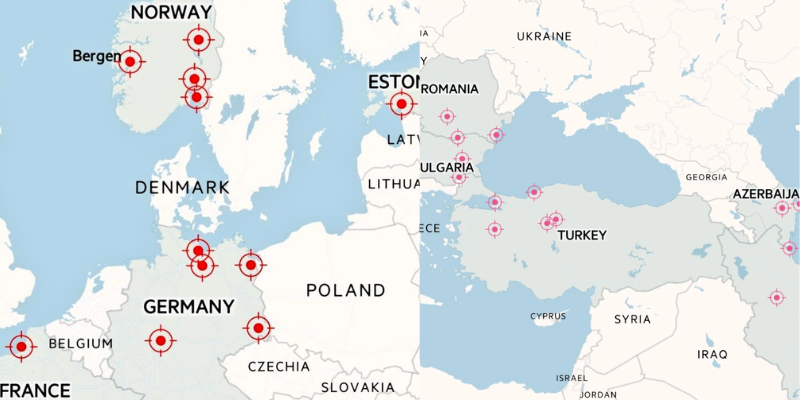
According to classified documents seen by the Financial Times and passed to the newspaper by Western sources, Russia had been preparing its navy to launch nuclear-tipped missiles at targets deep in Europe even before the full-scale invasion of Ukraine.
Maps of long-range targets in Western Europe, including the coast of France and Barrow-in-Furness in the UK, were detailed in a presentation to officers. The Russian military files, compiled between 2008 and 2014, also revealed that Moscow had been practicing the use of tactical nuclear weapons in the early stages of a conflict with a major world power.
The documents indicate that Russia envisioned a conflict with the West extending beyond its immediate border with NATO and planned a series of devastating strikes across Western Europe. Analysts who have seen the documents believe they align with NATO’s assessment of the threat of Russian navy missile strikes and the speed at which Russia would use nuclear weapons. The maps were for presentation purposes and not for operational use.
SOURCESymbolic number of the Day
According to a report from the UK Ministry of Defense, Russia has likely spent up to $211 billion on directly financing its illegal invasion of Ukraine. The ministry stated that Russia had planned to surround Kyiv, overthrow the government, and conquer most of Ukraine within three days, but after 900 days, these goals have not been achieved. The report also highlighted that the average daily number of Russian casualties has been over 1,000 killed and wounded soldiers since May of this year. The ministry estimated that Russia suffered over half a million unnecessary losses and deaths throughout the invasion. The British defense ministry underscored that Russia’s invasion of Ukraine has cost more and achieved less than what Putin had planned. According to Ukrinform, Russia’s total combat losses during the full-scale invasion have reached nearly 592,000 people, with 1,080 soldiers killed or wounded in the past 24 hours.
SOURCEWar in Pictures
Russian troops launched an attack on the Kharkiv Oblast in Ukraine, using a North Korean-made missile and causing damage to at least 30 residential buildings. The attack occurred on Monday, August 12, and lasted approximately 15 minutes. The missile used has been identified as the KN-23 (or KN-24), also known as the Hwasong-11. As a result of the attack, four children were injured, including two boys aged 4 months and 5 years, and two girls aged 2 years 9 months and 10 years. The children are reported to have suffered from acute stress reactions. In addition, three women sought medical assistance. The findings of the examination of the missile wreckage allowed for the preliminary identification of the missile type.
SOURCEVideo of the Day
Fighters of the 12th Special Forces Brigade “Azov” of the National Guard of Ukraine released a video where the reconnaissance of the 12th Brigade spotted an enemy tank in the landing. The drone pilot skillfully bypassed the enemy’s electronic warfare and hit the target in the turret hatch. The result: a completely burned-out occupant tank, which was not helped by anti-drone protection. The video shows the full destruction process and objective control of the target.
SOURCEISW report

Russian President Vladimir Putin continues to portray himself as an effective and knowledgeable manager of the situation along the Ukrainian-Russian border and to shift responsibility for ongoing challenges in responding to the Ukrainian incursion in the area to other Russian military and government officials.
Putin held a meeting on August 12 with Russian military, security, and federal and regional government officials about the situation in Belgorod, Bryansk, and Kursk oblasts during which he assigned tasks to the Russian military and security structures in Kursk Oblast and offered his assessments of the political situation surrounding Ukraine’s incursion into Russia.
Putin chastised Kursk Oblast Acting Governor Alexei Smirnov for speaking about issues that Putin deemed to be solely under the Russian Ministry of Defense’s (MoD) purview and instructed Smirnov to only speak about the socio-economic situation in Kursk Oblast. Putin also responded to First Deputy Prime Minister Denis Manturov’s claim that “all other issues are under control,” noting that Manturov failed to speak about several key social issues. Belgorod Oblast Governor Vyacheslav Gladkov asked Putin directly to implement certain social policies to help civilians in Belgorod Oblast but Gladkov and Bryansk Oblast Governor Alexander Bogomaz both avoided Putin’s ire by not commenting on military issues. Putin’s assertion that each official has only one responsibility contrasts with his attempt to frame himself as capable of overseeing and competently understanding the political, socio-economic, and military situation along the international border.
The Kremlin published footage and text of the Bryansk, Belgorod, and Kursk oblasts heads’ reports to Putin about the issues Russian regional authorities are currently facing — likely in order to publicly depict the regional heads as responsible for these issues and in need of Putin’s help. The Kremlin notably did not publish footage or text from the part of the meeting in which the Russian military and security officials likely reported to Putin.
SOURCEWar heroes
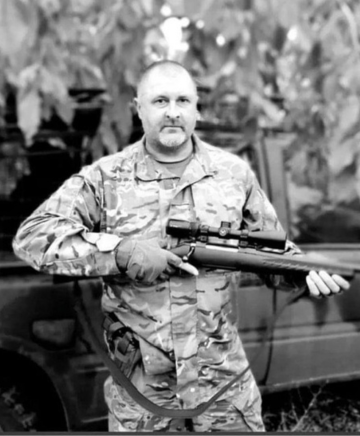
Staff Sergeant Vasyl Sadruk, with the call sign Beret, died on March 19, 2024, in a battle near the town of Huliaypole, Zaporizhzhia Oblast. The defender was 50 years old.
Vasyl was born in Nadvirna, Ivano-Frankivsk Oblast. He graduated from the Open International University of Human Development “Ukraine” with a degree in Law. After his military service, he signed a contract with the Special Operations Forces (Donetsk Special Forces), where he received the highest honor. This speckled beret is awarded after passing difficult tests. In civilian life, he worked in paramilitary security. From 1998 to 2014, he lived in Nova Kakhovka, Kherson Oblast, where he worked as the head of security at the Kakhovka Hydroelectric Power Plant. Then, he moved to the village of Pasichna in his native region, where he held the position of head of security at Ivano-Frankivsk airport. Before the invasion, he worked in security at Naftogaz. He was interested in martial arts. His hobbies included drawing, airbrushing, and tattoos. At the front, he became interested in tattoos and filled them for his fellow fighters.
During the full-scale invasion, the man fought for his country in the ranks of the 102nd Separate Territorial Defense Brigade of the Armed Forces of Ukraine. During his service, he received the following awards: “For Combat Valor,” “War Veteran,” and “102nd Brigade Award.”
“My dad is a true hero. As a fighter, he always sought justice, never left his comrades in trouble, and always stood up for truth and rights. He was devoted to his moral principles, always acted with a clear conscience and loved his family, which was the most important thing in his life,” said Galyna Sorokhan.
Vasyl was buried in the village of Nadvirna. The defender is survived by his wife Halyna, daughters Anna and Halyna.
*Vasyl’s story on the Heroes Memorial – a platform for stories about the fallen defenders of Ukraine.
SOURCELatest news
- Zelenskyy: Kursk disaster was a symbolic beginning of Putin’s rule, and now Kursk is the end for him
- British Ministry of Defense: Invasion cost for Russia up to $211B
- Ukraine’s Commander-in-Chief: Ukraine’s military gains control of nearly 1,000 km of Russian territory
- The Telegraph: Ukraine not allowed to use British Storm Shadow as part of Kursk Oblast incursion
